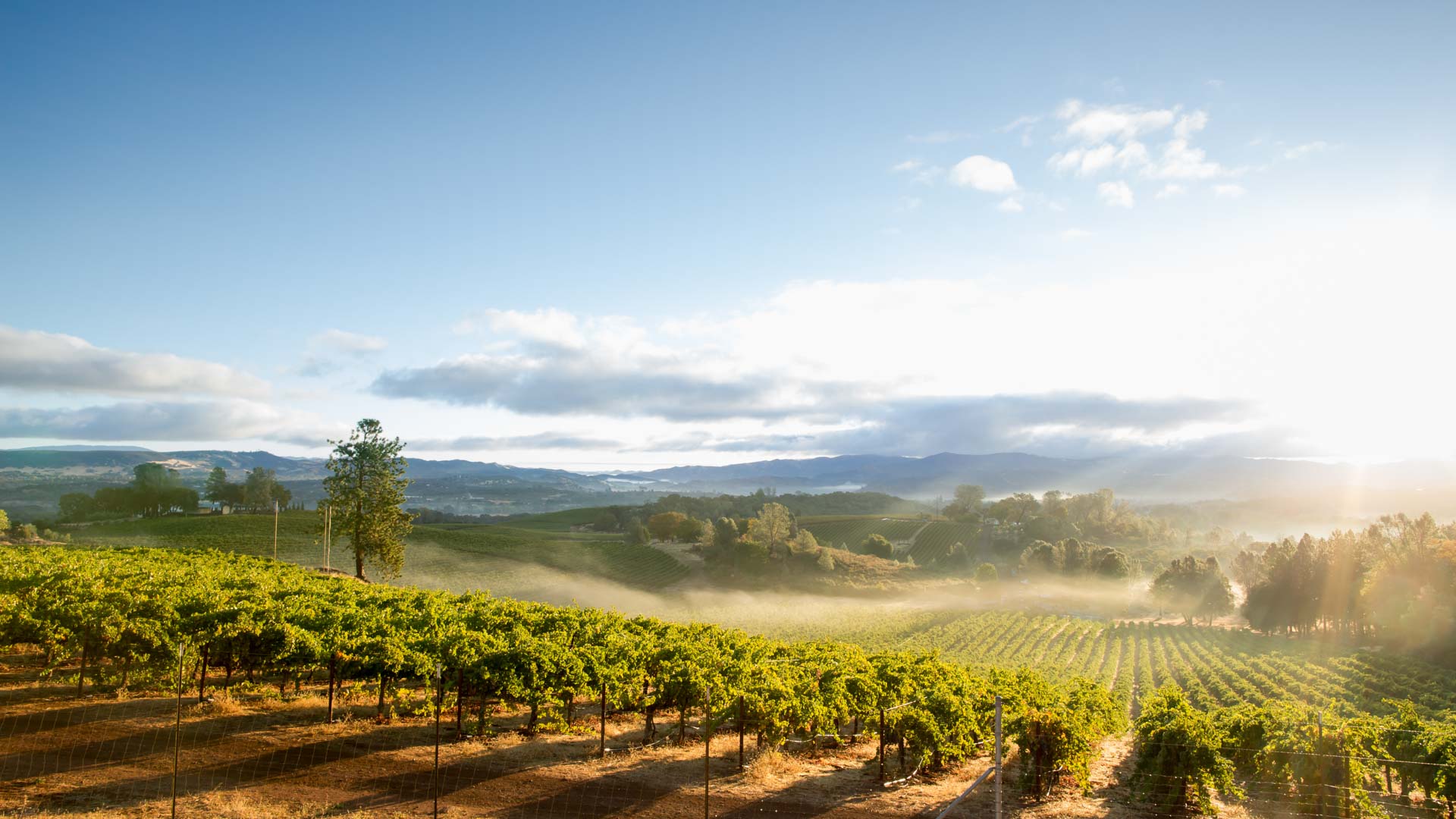- Summary
- Gallery
- Videos
- Podcasts
Although it’s only two hours east of San Diego’s beaches, Anza-Borrego Desert State Park is a world apart from the city and coast. On the eastern side of the Peninsular Ranges, which block most storms coming in off the Pacific, California’s largest state park protects 600,000 acres/242,811 hectares of desert terrain, including dramatic badlands, cool palm oases, twisting slot canyons, and cactus-studded slopes. This desert preserve pairs the name of famed Spanish explorer Juan Bautista de Anza, who crossed the desert in 1774, and the Spanish word for sheep (“borrego”)—referring to the region’s native bighorn sheep.
A geology lesson in the making, the park’s striking landscape is in continual flux from flash floods, seismic action, and erosion. Much of Anza-Borrego is wild and remote, accessible only via primitive roads or on foot. Consider renting a 4WD with high clearance for best access, or sign up for a Jeep tour with California Overland. Your payoff will be stunning stillness and unforgettable beauty.
On your way into the park just outside the town of Borrego Springs, you can’t miss artist Ricardo Breceda’s 130 enormous metal sculptures. They depict prehistoric animals that once roamed this land, such as a saber-tooth cat, as well as an assortment of mythical creatures, including a 350-foot-long serpent.
Start your trip just northwest of Borrego Springs at the Anza Borrego visitor center, built underground for cooling efficiency, to get updates on roads, trails, and weather and tips on where to go. There’s much to see, from springtime wildflower gardens to the multi-colored sunset at Font’s Point. In years with sufficient and well-timed rains, Anza-Borrego blossoms with one of the country’s most dazzling wildflower blooms, as purple sand verbena, yellow desert sunflower, and golden poppies paint the normally tawny expanses with color. Call the park’s wildflower hotline for up-to-date information (760/767-4684).
From Borrego Palm Canyon Campground, a great beginner’s hike leads into Borrego Palm Canyon, a leafy oasis fed by underground springs and shaded by California fan palms, the only palm native to California. The 3-mile/4.8-km round-trip trek leads through a sandy wash dotted with barrel cacti and ocotillo (look for hummingbirds flitting to the plant’s crimson flowers) to a grove of dozens of soaring, shaggy palms. Scan the high ridges and you might catch a glimpse of a bighorn sheep, and note the noisy chattering of birds—more than 80 migratory species use Palm Canyon as a watering stop on their flight through the desert.
The same human need to create art embodied by Ricardo Breceda’s sculptures is on display elsewhere, in more ancient form. The Native American tribes that once lived in the Anza-Borrego Desert left a legacy of petroglyphs and pictographs on boulders and cliffs throughout the park. The easiest place to see some rock art is on the Pictograph Trail in Little Blair Valley. Passenger cars can manage the dirt road to the trailhead, and from there it’s an easy hike to views of a boulder embellished with drawings that are possibly as much as 2,000 years old.
No matter where you wander in the park, plan to stay out past sunset. When night falls, you’ll see why Anza-Borrego has been designated an International Dark Sky Park. Spread out a blanket or pull up a chaise lounge and let yourself be awed by the brilliance of the desert night sky.
Featured Anza-Borrego Desert State Park
Find More Things To Do
Videos
Greater Palm Springs
42min
Emma Gannon, Gold Country, Haunted Sites
38min
California's Epic Natural Wonders
41min
Trip Planning in 2021
36min
Curtis Stone, Hiking with Kids, SoCal Taco Tour
43min
Road Trip: Searching for Stars
39min
Stargazing, Best Bike Routes, Mid-Century Modernism
33min
Ways to Play in California
52min

Subscribe to our Newsletter
Get weekly travel inspiration, offers, contests, and more!
Plus, receive communications from California Grown and their exclusive ebook 'Iconic California Dishes to Celebrate California Wine Month' FREE.